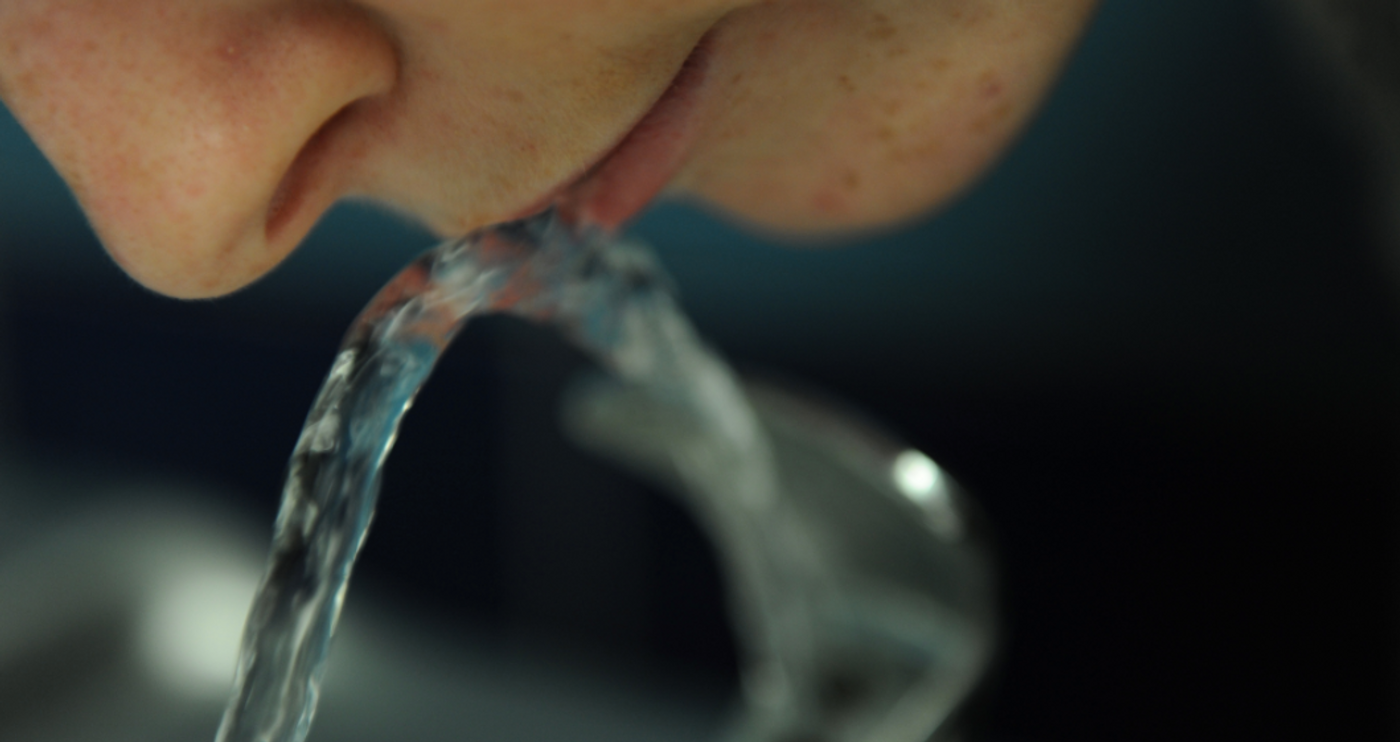Sour Taste Cells Also Sense Water
Research using optogenetics, which utilizes light to manipulate gene expression, has found that taste cells that sense sour also function in the detection of water on the tongues of mice. After simulating the taste receptors, in response to stimulants of flavor as well as water, the Caltech researchers were surprised to find water was also eliciting a response. Their findings have been reported in Nature Neuroscience.
"The tongue can detect various key nutrient factors, called tastants— such as sodium, sugar, and amino acids—through taste," said Yuki Oka, an Assistant Professor of Biology. "However, how we sense water in the mouth was unknown. Many insect species are known to 'taste' water, so we imagined that mammals also might have a machinery in the taste system for water detection.”
The brain receives information about taste from taste nerves, which transmit the stimuli received by taste cells. First author Dhruv Zocchi, a graduate student in Oka’s lab took measurements of how taste nerves responded to various tastes in mice. While the expected results were seen, and the nerves responded as expected to various flavors, there were also responses to water. "This was exciting because it implied that some taste cells are capable of detecting water," Zocchi said.
To zero in on which population of taste cells were detecting the water, the researchers stopped the function of specific taste cells with genetic and pharmacological tools. As such, the investigators could stop the response to salt stimuli for example, while the other taste receptors remained unaffected.
"To our surprise, when we silenced sour taste cells, water responses were also completely blocked," Oka said. "The results suggested that water is sensed through sour taste cells.”
The team wanted to confirm their findings with optogenetics; sour taste cells in genetically engineered mice could then be stimulated with light, instead of water (shown in the video, from the Oka lab). The water spout used by the mice was then replaced with a spout that emitted blue light when touched. Thirsty mice would go to the spout and since they received a stimulus that made them sense water, they continued to lick the spout even though it did not actually dispense water.
Sour flavors are typically associated with unpleasant tastes that will reduce an animal’s inclination to liquid, such as lemon juice, a drink avoided by mice. In the optogenetically engineered mice however, stimulating the sour cells with light did not create an aversion.
"These results raise the question: What information about taste are sour cells really relaying to the brain?" Zocchi explained. "Maybe sour cells are not directly linked to the unpleasant sourness that we perceive, but instead they may induce a different type of taste, like water, when stimulated.”
"It's important to note that stimulation of these cells does not alleviate thirst," continued Oka. "But this finding helps us understand how the brain interprets water signals under normal and thirsty states. Next, we would like to tackle the mechanisms by which the hedonic value or 'pleasantness' of sensory inputs are regulated by brain activity.”
Learn more about the senses of taste and smell from the video.
Sources: AAAS/Eurekalert! via Caltech, Nature Neuroscience









